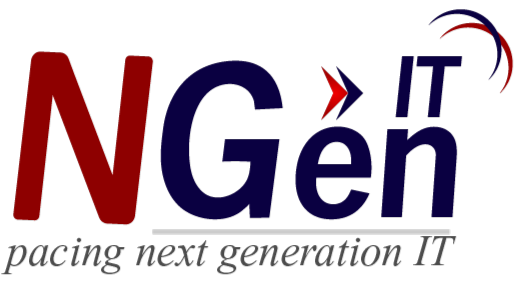Enhancing Workplace Safety: The Role of Infrared Cameras in Industrial Environments
SafetyTech
IndustrialSafety
WorkplaceSafety
How Infrared Cameras Revolutionize Job Safety: A Techglossy Exploration
If you're the go-to person for troubleshooting and maintaining equipment in an industrial setting, ensuring safety is paramount. The environment and your actions both play crucial roles in this regard. To prevent damage or injury from overheating, misalignment, or power quality issues, it's essential to verify that the equipment is operating within specifications. However, being responsible for equipment health means you also need to conduct inspections and troubleshoot from a safe distance.
Enter the realm of infrared cameras, a game-changer on both fronts. These devices allow you to scan equipment, structures, and processes from a secure distance, minimizing exposure to hazards and, in some instances, obviating the need for a hot work permit.
Inspecting Electrical Systems:
Employing an infrared camera permits you to stand well outside the arc flash zone. By scanning energized equipment through specially designed infrared windows, you can carry out inspections without opening the panel. This not only reduces risk but may also decrease the amount of personal protective equipment (PPE) required for the task.
Potentially Explosive Environments:
Equipped with a thermal imager featuring a telephoto lens, you can maintain a safe distance from equipment in potentially explosive environments while still capturing detailed imagery. This long-distance scanning not only enhances safety but also minimizes the need for extensive climbing to inspect towers, stacks, and air scrubbers, and allows inspections in areas inaccessible without shutting down production.
Building Inspection:
The extended reach of an infrared camera, coupled with telephoto and/or wide-angle lenses, facilitates the scanning of ceiling, roof, wall areas, and ductwork from the ground. This approach significantly reduces the risk of falling from the rafters and streamlines inspection processes.










